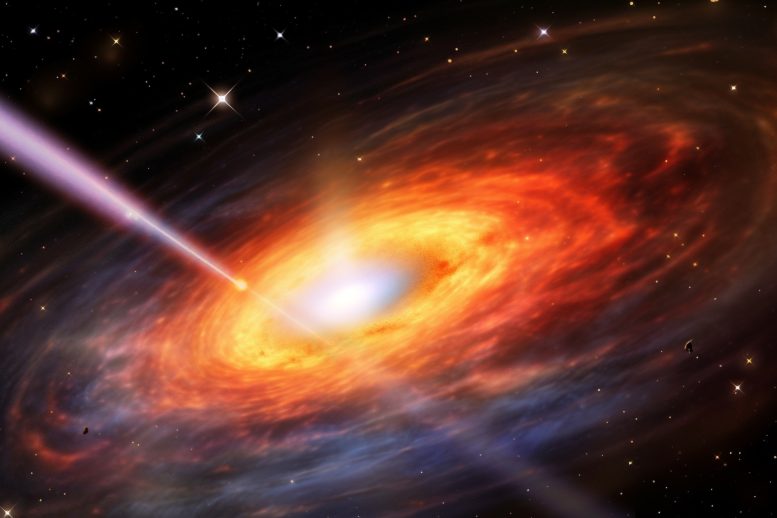
Using the Gemini South telescope, astronomers have potentially discovered a new way stars can be destroyed: by colliding near a supermassive black hole in an ancient galaxy. This discovery offers a fresh perspective on the environments around these black holes and the undetected collisions occurring within
Astronomers studying a powerful gamma-ray burst (GRB) with the Gemini South telescope, operated by NSF’s NOIRLab, may have detected a never-before-seen way to destroy a star. Unlike most GRBs, which are caused by exploding massive stars or the chance mergers of neutron stars, astronomers have concluded that this GRB came instead from the collision of stars or stellar remnants in the jam-packed environment surrounding a supermassive black hole at the core of an ancient galaxy.
The Nature of Star Deaths
Stars in the Universe usually end their lives in predictable ways determined by their mass. Relatively low-mass stars like our Sun slough off their outer layers in old age and eventually fade to become white dwarf stars. More massive stars burn brighter and die sooner in cataclysmic supernova explosions, creating ultradense objects like neutron stars and black holes. If two such stellar remnants form a binary system, they also can eventually collide. New research, however, points to a long-hypothesized, but never-before-seen, fourth option.
This artist’s impression illustrates how astronomers studying a powerful gamma-ray burst (GRB) with the Gemini South telescope, operated by NSF’s NOIRLab, may have detected a never-before-seen way to destroy a star. Unlike most GRBs, which are caused by exploding massive stars or the chance mergers of neutron stars, astronomers have concluded that this GRB came instead from the collision of stars or stellar remnants in the jam-packed environment surrounding a supermassive black hole at the core of an ancient galaxy.
Unveiling New Discoveries
While searching for the origins of a long-duration gamma-ray burst (GRB), astronomers using the Gemini South telescope in Chile, part of the International Gemini Observatory operated by NSF’s NOIRLab, as well as the Nordic Optical Telescope and the NASA/ESA Hubble Space Telescope, have uncovered evidence of a demolition-derby-like collision of stars or stellar remnants in the chaotic and densely packed region near an ancient galaxy’s supermassive black hole.
“These new results show that stars can meet their demise in some of the densest regions of the Universe where they can be driven to collide,” said Andrew Levan, an astronomer with Radboud University in The Netherlands and lead author of a paper appearing in the journal Nature Astronomy. “This is exciting for understanding how stars die and for answering other questions, such as what unexpected sources might create gravitational waves that we could detect on Earth.”
Observational Evidence and Findings
Ancient galaxies are long past their star-forming prime and would have few, if any, remaining giant stars, the principal source of long GRBs. Their cores, however, are teeming with stars and a menagerie of ultra-dense stellar remnants, such as white dwarf stars, neutron stars, and black holes. Astronomers have long suspected that in the turbulent beehive of activity surrounding a supermassive black hole, it would only be a matter of time until two stellar objects collide to produce a GRB. Evidence for that type of merger, however, has been elusive.
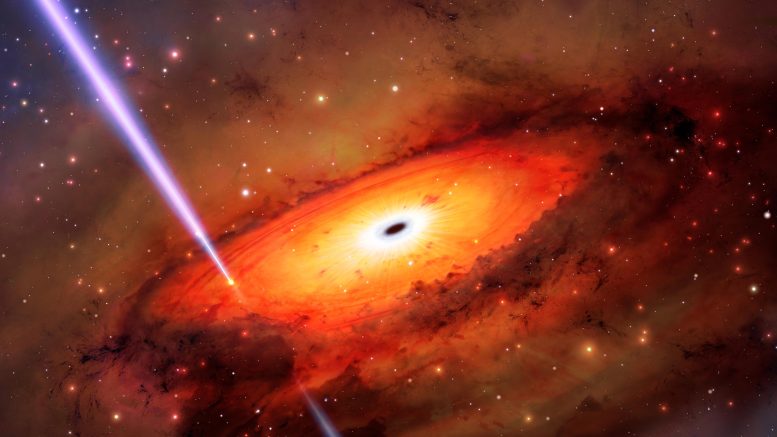
Astronomers studying a powerful gamma-ray burst (GRB) with the International Gemini Observatory, operated by NSF’s NOIRLab, may have observed a never-before-seen way to destroy a star. Unlike most GRBs, which are caused by exploding massive stars or the chance mergers of neutron stars, astronomers have concluded that this GRB came instead from the collision of stars or stellar remnants in the jam-packed environment surrounding a supermassive black hole at the core of an ancient galaxy. Credit: International Gemini Observatory/NOIRLab/NSF/AURA/M. Garlick/M. Zamani
The first hints that such an event had occurred were seen on 19 October 2019 when NASA’s Neil Gehrels Swift Observatory detected a bright flash of gamma rays that lasted for a little more than one minute. Any GRB lasting more than two seconds is considered “long.” Such bursts typically come from the supernova death of stars at least 10 times the mass of our Sun — but not always.
The researchers then used Gemini South to make long-term observations of the GRB’s fading afterglow to learn more about its origins. The observations allowed the astronomers to pinpoint the location of the GRB to a region less than 100 light-years from the nucleus of an ancient galaxy, which placed it very near the galaxy’s supermassive black hole. The researchers also found no evidence of a corresponding supernova, which would leave its imprint on the light studied by Gemini South.
Insights into GRB Origins
“Our follow-up observation told us that rather than being a massive star collapsing, the burst was most likely caused by the merger of two compact objects,” said Levan. “By pinpointing its location to the center of a previously identified ancient galaxy, we had the first tantalizing evidence of a new pathway for stars to meet their demise.”
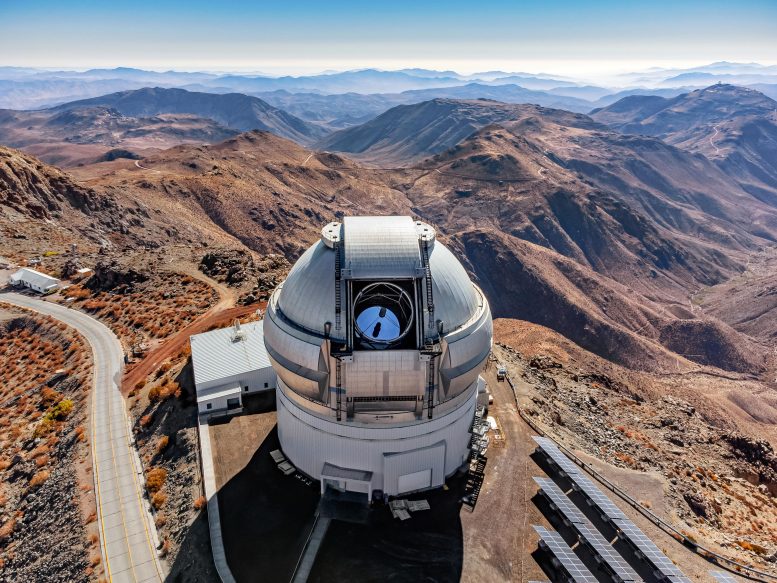
From a dizzying height, the full scale and remoteness of the Gemini South telescope, one half of the International Gemini Observatory, operated by NSF’s NOIRLab, can be realized. Located on the mountain Cerro Pachón at 2715 meters (8900 feet) above sea level, Gemini South benefits from the stable conditions of the local atmosphere. The dry air that eases the ‘seeing’ for the telescope is almost palpable above the sprawling Chilean Andes in the background. This image also captures the 8-meter mirror of the telescope peeking through the dome structure, an unusual event for the daylight hours, and the solar panels (bottom right), which power the telescope during the nocturnal observations of the southern skies. Credit: International Gemini Observatory/NOIRLab/NSF/AURA/T. Matsopoulos
In normal galactic environments, the production of long GRBs from colliding stellar remnants such as neutron stars and black holes is thought to be vanishingly rare. The cores of ancient galaxies, however, are anything but normal and there may be a million or more stars crammed into a region just a few light-years across. Such extreme population density may be great enough that occasional stellar collisions can occur, especially under the titanic gravitational influence of a supermassive black hole, which would perturb the motions of stars and send them careening in random directions. Eventually, these wayward stars would intersect and merge, triggering a titanic explosion that could be observed from vast cosmic distances.
It is possible that such events occur routinely in similarly crowded regions across the Universe but have gone unnoticed until this point. A possible reason for their obscurity is that galactic centers are brimming with dust and gas, which could obscure both the initial flash of the GRB and the resulting afterglow. This particular GRB, identified as GRB 191019A, may be a rare exception, allowing astronomers to detect the burst and study its after effects.
Future Research and Implications
The researchers would like to discover more about these events. Their hope is to match a GRB detection with a corresponding gravitational-wave detection, which would reveal more about their true nature and confirm their origins, even in the murkiest of environments. The Vera C. Rubin Observatory, when it comes online in 2025, will be invaluable in this kind of research.
“Studying gamma-ray bursts like these is a great example of how the field is really advanced by many facilities working together, from the detection of the GRB, to the discoveries of afterglows and distances with telescopes like Gemini, through to detailed dissection of events with observations across the electromagnetic spectrum,” said Levan.
“These observations add to Gemini’s rich heritage developing our understanding of stellar evolution,” says Martin Still, NSF’s program director for the International Gemini Observatory. “The time sensitive observations are a testament to Gemini’s nimble operations and sensitivity to distant, dynamic events across the Universe.”
Reference: “A long-duration gamma-ray burst of dynamical origin from the nucleus of an ancient galaxy” by Andrew J. Levan, Daniele B. Malesani, Benjamin P. Gompertz, Anya E. Nugent, Matt Nicholl, Samantha R. Oates, Daniel A. Perley, Jillian Rastinejad, Brian D. Metzger, Steve Schulze, Elizabeth R. Stanway, Anne Inkenhaag, Tayyaba Zafar, J. Feliciano Agüí Fernández, Ashley A. Chrimes, Kornpob Bhirombhakdi, Antonio de Ugarte Postigo, Wen-fai Fong, Andrew S. Fruchter, Giacomo Fragione, Johan P. U. Fynbo, Nicola Gaspari, Kasper E. Heintz, Jens Hjorth, Pall Jakobsson, Peter G. Jonker, Gavin P. Lamb, Ilya Mandel, Soheb Mandhai, Maria E. Ravasio, Jesper Sollerman and Nial R. Tanvir, 22 June 2023, Nature Astronomy.
DOI: 10.1038/s41550-023-01998-8
For more on this discovery:
Reference: “A long-duration gamma-ray burst of dynamical origin from the nucleus of an ancient galaxy” by Andrew J. Levan, Daniele B. Malesani, Benjamin P. Gompertz, Anya E. Nugent, Matt Nicholl, Samantha R. Oates, Daniel A. Perley, Jillian Rastinejad, Brian D. Metzger, Steve Schulze, Elizabeth R. Stanway, Anne Inkenhaag, Tayyaba Zafar, J. Feliciano Agüí Fernández, Ashley A. Chrimes, Kornpob Bhirombhakdi, Antonio de Ugarte Postigo, Wen-fai Fong, Andrew S. Fruchter, Giacomo Fragione, Johan P. U. Fynbo, Nicola Gaspari, Kasper E. Heintz, Jens Hjorth, Pall Jakobsson, Peter G. Jonker, Gavin P. Lamb, Ilya Mandel, Soheb Mandhai, Maria E. Ravasio, Jesper Sollerman and Nial R. Tanvir, 22 June 2023, Nature Astronomy.
DOI: 10.1038/s41550-023-01998-8

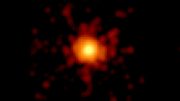
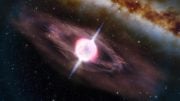
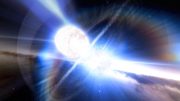
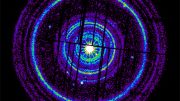
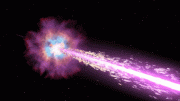
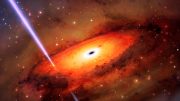
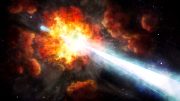
Be the first to comment on "Astronomers Discover Never-Before-Seen Way To Destroy a Star"